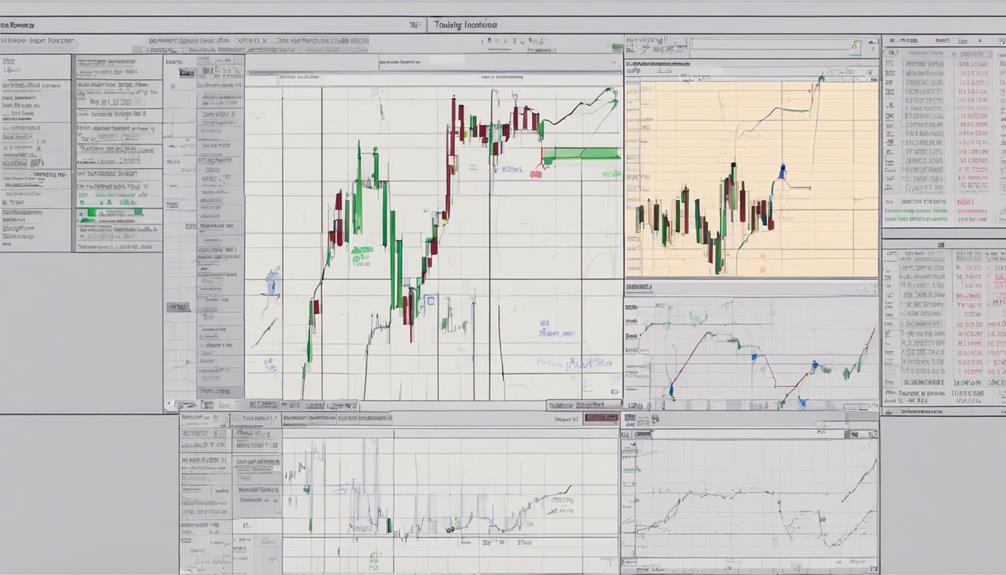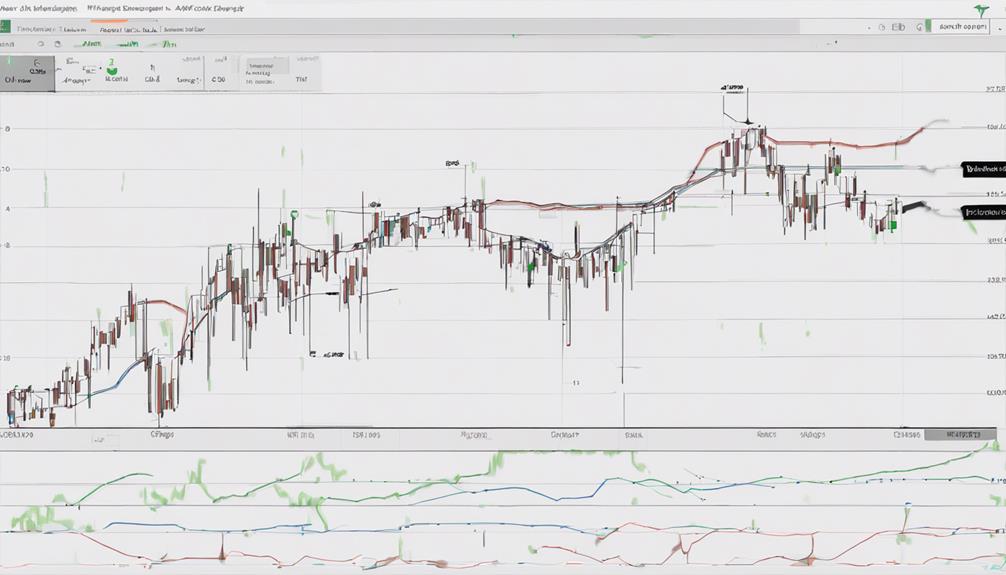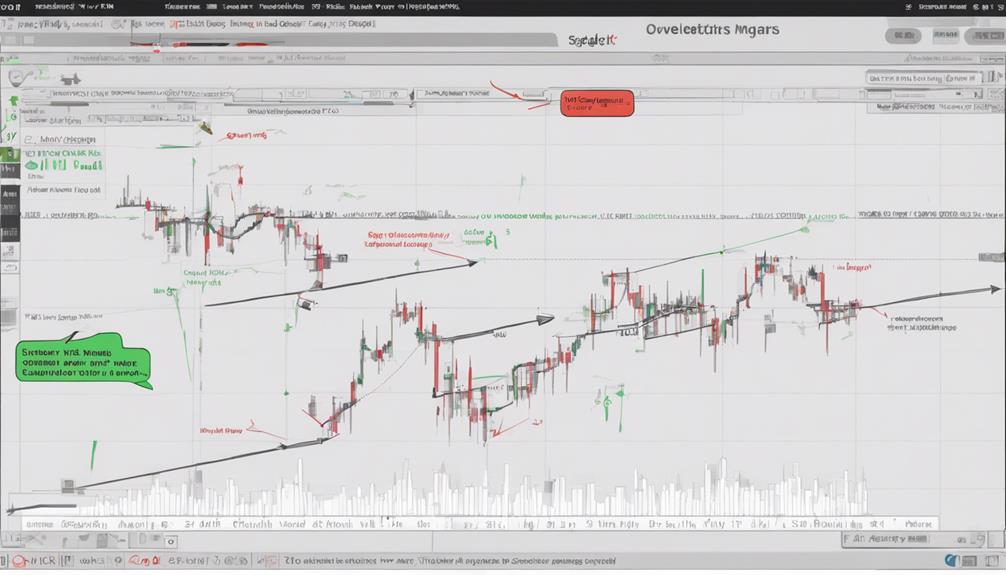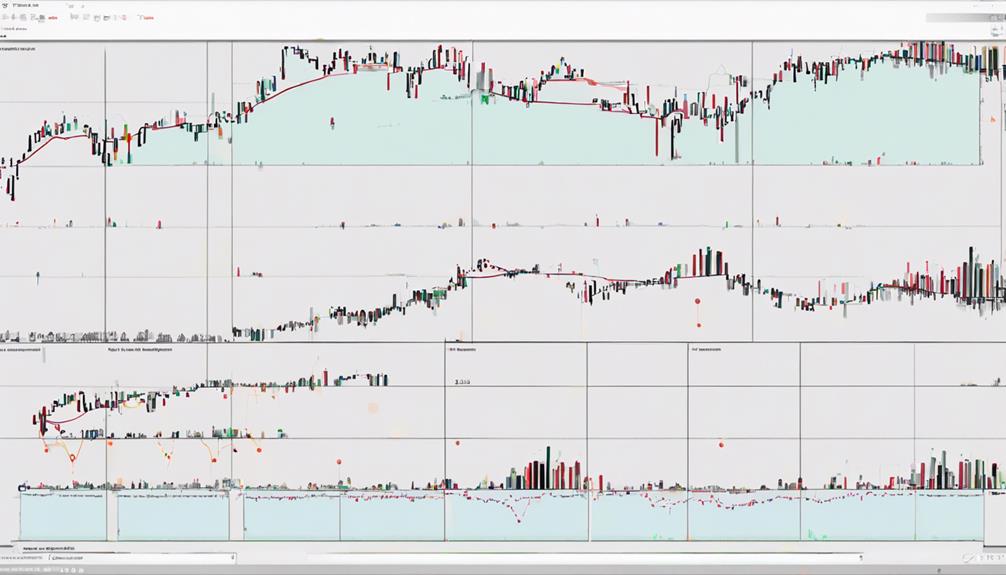In the realm of technical analysis, delving into advanced strategies for the ROC indicator can unveil a realm of possibilities beyond the surface-level applications. By honing in on intricate techniques, traders can uncover ways to predict market movements with more precision and confidence.
Strategies such as utilizing ROC for identifying potential breakouts, interpreting divergences for nuanced signals, and optimizing its functionality for trend confirmation are just the tip of the iceberg. These sophisticated tactics offer traders a deeper insight into market dynamics and can potentially elevate their trading prowess to new heights.
ROC Indicator Formula Breakdown
The ROC indicator formula breakdown serves as the foundational framework for understanding how price movements are quantified and analyzed in trading contexts. Calculated as the percentage change between the current price and the price N periods ago, the Rate of Change (ROC) indicator helps traders assess market momentum.
The formula, ROC = [(Current Price – Price N periods ago) / Price N periods ago] * 100, enables traders to gauge the speed and direction of price movements. ROC values fluctuate above and below the zero line, indicating shifts in positive or negative momentum.
When ROC is above zero, it suggests the current price is higher than N periods ago, signaling an uptrend. Conversely, ROC below zero indicates a downtrend. Traders often use ROC to identify overbought or oversold conditions in the market, helping them make informed decisions based on momentum analysis.
Mastering the ROC indicator formula is essential for traders looking to incorporate momentum analysis into their trading strategies efficiently.
Advanced Trading Techniques With ROC

Employing multiple timeframes to validate signals and enhance precision is a key strategy in advanced trading techniques involving the ROC indicator. When delving into advanced trading techniques with ROC, traders often combine this indicator with other technical indicators like moving averages. This combination can offer a more robust confirmation for potential trades. Additionally, integrating ROC with Fibonacci retracement levels can aid in pinpointing crucial support and resistance levels for trading decisions.
Advanced traders often keep an eye out for hidden divergences between price action and ROC, as these can signal potential trend continuations.
Utilizing ROC in conjunction with volume analysis provides valuable insights into the strength of price movements and can help in identifying possible trend reversals.
Monitoring overbought and oversold zones in conjunction with ROC trading strategies allows traders to better gauge market momentum and make informed trading decisions.
Leveraging ROC for Divergence Signals

Leveraging ROC for divergence signals enhances traders' ability to anticipate trend reversals and make well-informed trading decisions. Divergence signals in ROC occur when price movements deviate from the indicator's direction.
Bullish divergence manifests when price forms lower lows while ROC indicates higher lows, suggesting potential upward momentum. Conversely, bearish divergence occurs when price achieves higher highs alongside ROC showing lower highs, hinting at a possible downward trend.
These ROC divergence signals play a crucial role in identifying market turning points. By combining ROC divergence with other technical indicators, traders can improve the accuracy of recognizing potential reversals in trends.
This integration provides traders with valuable insights into the market dynamics, facilitating timely and informed decision-making. Understanding and utilizing ROC divergence signals effectively can empower traders to navigate market uncertainties and capitalize on profitable trading opportunities based on the analysis of price movements and the ROC indicator.
ROC Indicator for Volatility Analysis

Utilizing the ROC indicator for volatility analysis provides traders with valuable insights into market dynamics by measuring the speed of price changes. The Rate of Change (ROC) indicator is a powerful tool for assessing volatility, especially in fast-moving markets. Here are key points to consider when using the ROC indicator for volatility analysis:
- High ROC values indicate increased volatility in the market, signaling potentially lucrative trading opportunities for those who can navigate volatile conditions effectively.
- Traders can leverage the ROC indicator to identify periods of high volatility, allowing them to adjust their trading strategies accordingly and capitalize on price movements.
- Understanding how ROC reacts to price changes is crucial for effective risk management during volatile market conditions, enabling traders to make informed decisions and protect their capital in turbulent times.
Optimizing ROC for Trend Confirmation

To enhance the accuracy of trend confirmation, integrating the Rate of Change (ROC) indicator with other technical tools such as moving averages is essential. By combining ROC with moving averages, traders can effectively validate trend changes. Additionally, incorporating Fibonacci retracement levels into this analysis can further enhance trend confirmation signals.
Identifying zero-line crossings on the ROC indicator is another valuable method for confirming trend reversals and determining reliable entry or exit points. Moreover, optimizing ROC for trend confirmation involves looking for hidden divergences to confirm ongoing trends and potential continuation patterns.
Traders can also utilize ROC in breakout trading strategies to confirm breakout areas and trend reversals with greater accuracy. These advanced strategies not only aid in the validation of trend changes but also provide valuable insights for making informed decisions regarding entry or exit points in the market. By leveraging the power of ROC alongside other technical tools, traders can enhance their trend confirmation techniques and improve their overall trading outcomes.
What are the advanced strategies for using the ROC indicator?
When using the ROC indicator, expert traders focus on dodging common errors with ROC indicator. By incorporating advanced strategies such as trend confirmation and divergence analysis, traders can better interpret the momentum of a stock or asset and make informed trading decisions.
Frequently Asked Questions
What Is the ROC Indicator Strategy?
The ROC indicator strategy involves utilizing rate of change to assess momentum and identify potential trend reversals. Traders employ it to confirm price movements, pinpoint overbought/oversold conditions, and optimize market timing for entry/exit points.
Is ROC a Good Indicator?
ROC, with a high accuracy rate of 70%, is a valuable indicator for traders. It effectively identifies momentum shifts and trend reversals, providing timely signals for optimal trade timing. When combined with other analysis tools, it enhances trading accuracy.
What Is the Difference Between ROC and RSI Indicator?
The ROC (Rate of Change) indicator measures price speed over a period, while the RSI (Relative Strength Index) gauges recent price changes' magnitude. ROC focuses on momentum speed, showing percentage price changes, while RSI assesses price movement strength on a scale of 0 to 100 for overbought or oversold conditions.
Is ROC a Leading Indicator?
Yes, ROC is a leading indicator that forecasts potential trend reversals. Traders utilize ROC to anticipate shifts in price momentum and direction before market movements occur. Its predictive nature offers valuable insights for proactive trading strategies.
Conclusion
In conclusion, exploring advanced strategies for the ROC indicator unveils a plethora of opportunities for traders to enhance their decision-making process.
By delving into the nuances of breakout trading, trend reversals, and signal validation, traders can optimize their trading approach and capitalize on market movements effectively.
The ROC indicator serves as a powerful tool in identifying potential market opportunities, akin to a compass guiding traders through the ever-changing landscape of the financial markets.
